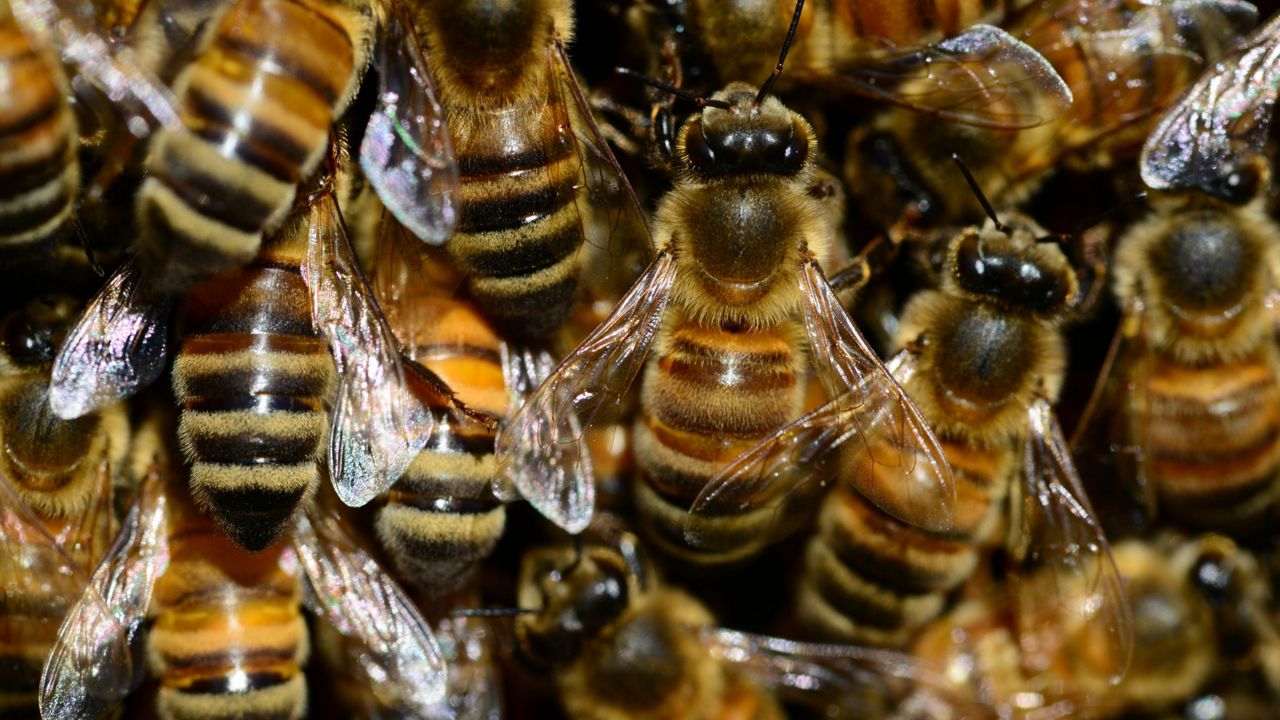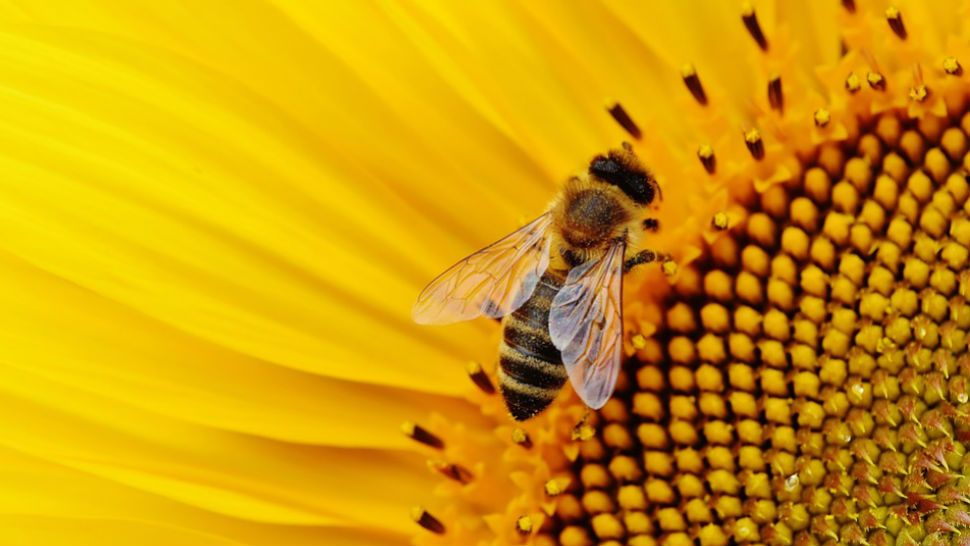Have you ever wondered what happens to bees in the winter?
Most bees and wasps hibernate during the winter. Honeybees, however, don’t go dormant. Honeybees can survive the cold winter and remain active, despite the frigid temperatures and lack of flowers and pollen.

You may have noticed that bees aren’t seen through the winter months in cold climates. This is because, when the temperature in the winter drops below 50 degrees, honeybees go back to their hives and form into a cluster to keep warm.
The success of the hive depends on how well the bees have prepared for the cold. Like humans, honeybees also take steps to prepare for the long, cold winter.
The honeybees create their own heat and energy source by having a large population of bees in the cluster and a sufficient supply of honey.

Honeybees keep the inside temperature of their winter cluster at about 95 degrees. They generate this heat with their muscles by shivering and expending energy.
What is the most harmful winter element to a bee’s survival? Wind-driven cold is by far the most harmful factor that results in bee deaths in cold climates.
A bee will not die until its body temperature reaches 41 degrees or lower. At this temperature, the bee can’t move its shivering muscles to generate heat and stay warm.
Bees usually become active again outside their hive in the spring with the warmer weather and blooming flowers. They remain active through the summer and into the fall.
Our team of meteorologists dives deep into the science of weather and breaks down timely weather data and information. To view more weather and climate stories, check out our weather blogs section.



